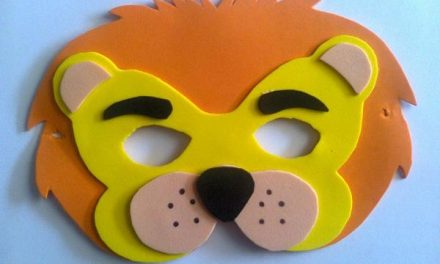Sensory play plays an important role in a child’s development. Not only does it help your child engage the five senses (sight, smell, hearing, touch, and taste), but it also improves their language and motor skills. Sensory play can also promote exploration, creativity, curiosity, and problem-solving.
When your child engages all five senses, they learn about the world around them and make connections. Their brains develop memories of the objects they interact with and form opinions or try new skills. Sensory play can even be used to help children with sensory processing deficits.
Here’s what you need to know about sensory play and its role in your child’s development.

What Is Sensory Play?
Sensory play includes any type of play that engages one or more of a child’s senses. In order to understand the world, their toys, and their environment, children need to process and feel objects, smell them, listen to the sounds they make, and even taste them.
From the first day of life, children are destined to explore the world through their senses. That is why little ones always want to touch things and put everything in their mouths. That’s why they make funny sounds with their mouths and experiment with the sounds of the world with their fingers in their ears. This is even why your child will spin in circles until he gets so dizzy that he falls, then gets up and does it again.
Benefits of Sensory Play
There are groups of children, such as those with autism or sensory integration dysfunction, who have difficulty understanding and organizing all the stimuli that reach them through the senses. But when it comes to sensory play, it’s not just children who have difficulty with sensory integration that can benefit from it. The truth is that all children can benefit from using their senses.
Here are some of the main benefits of sensory play:
- Promotes independent thinking
- Help your child understand cause and effect
- Encourage the development of fine motor skills
- Enhances recall, observation, and memory skills
- Improves cognitive performance
- Promote language development
- Creativity and exploration are encouraged
How to Integrate Sensory Play into Your Child’s Daily Life?
When some people hear the term “sensory play,” they think of different toys that can help facilitate this type of learning. While these toys are important, you can also incorporate sensory play into your child’s daily routine. That’s it.
Sensory Play Should Engage All the Senses
Sensory exploration is the way children examine, discover, classify, and make sense of the world. Some people think that sensory play involves sand and groundwater tables, rice boxes, or playing clay and Pirdo, but it’s not all tactile. This is also related to the other senses.
For example, the strong smell of vinegar in a scientific experiment involves the sense of smell, and the color of water when painting involves sight. At the same time, the sound made when tapping a glass of water stimulates the auditory sense. Tasting different types of fruit can arouse their palate. Look for opportunities for your child to use their senses in their daily activities.

Sensory Play Should Promote Language Development
Playing with different types of textures, flavors, and objects can help your child build new ways of talking about the world. Ask them to describe what they saw, tasted, smelled, heard, or touched.
For example, a tree in a park suddenly ceases to be a tree anymore. Either small trees with smooth bark or pine trees with rough bark and a strong rosin fragrance. Similarly, water is not only wet, it can be rough when there are waves, it can be slippery when there are bubbles, and cold and translucent when frozen.
Taste can also develop children’s language skills. Your kids no longer need macaroni and cheese for dinner. They can learn to describe their preferences in more descriptive words, such as wanting something slimy, cheesey, or savory. Or maybe when they want peanut butter ice cream, they can learn to describe it as salty and sweet. Help your child expand their vocabulary by prompting them to describe things they explore with their five senses.
Sensory Play Should Promote Fine Motor Skills
There are two main types of motor skills your child develops: fine motor skills and gross motor skills. Gross motor skills involve the coordination of large muscle groups and are responsible for activities such as running and walking.
Fine motor skills require the ability to use and coordinate small muscle groups, which are important for writing, tying shoes, buttoning and zipping, and more. Sensory play typically involves developing fine motor skills by exploring toys and other objects through pinch, pour, and lacing movements.
Invite your child to use these skills on a daily basis. You can do crafts, invite them to help make dinner, or work with them to button up a stuffed bear’s sweater.
Sensory Play Should Take Advantage of Its Calming Effect
You may have noticed that your child becomes calmer after bathing. Or, after a particularly tough period of jumping around the room, they will appear more grounded once they land in bed.
This type of sensual play calms children down because it helps them regulate their inner discomfort, whether it is boredom, restlessness, or other types of irritability. Look for opportunities to incorporate calming activities into your child’s day, such as bathing, petting the dog, or lying on the blanket and looking at the stars.
At Last
Sensory play is an important tool that encourages children to develop language and motor skills. If you’re looking for ideas on how to encourage sensory play, try using sensory boxes filled with rice, pom-poms, or buttons. You can also try finger painting, explore nature, and listen to music. Even mealtime can encourage children’s sensory play.






